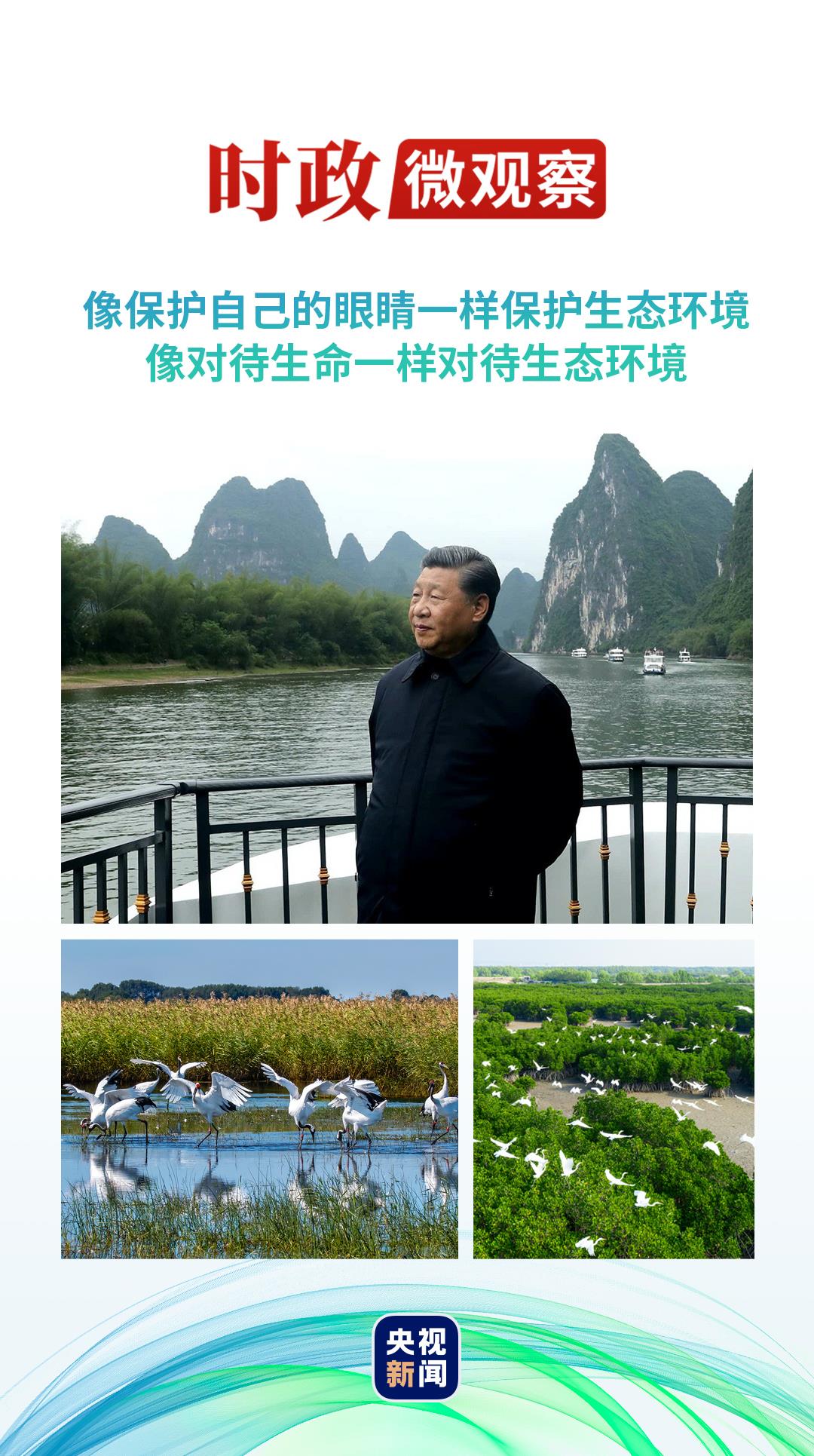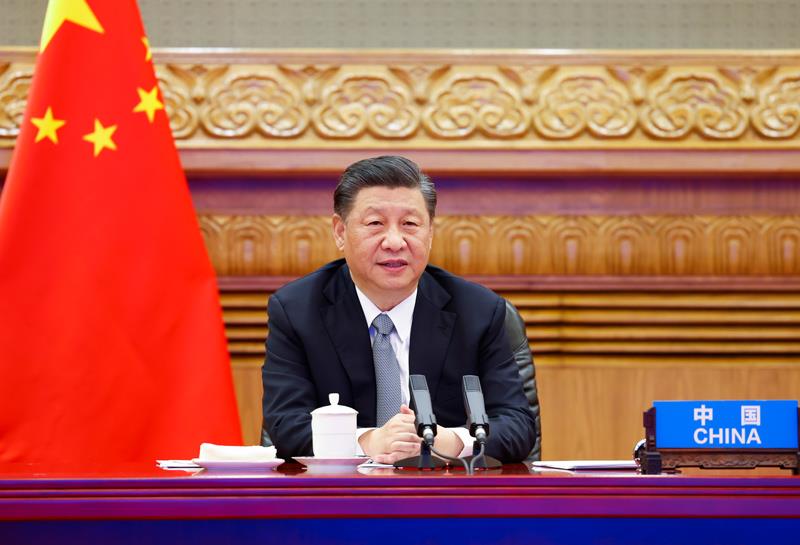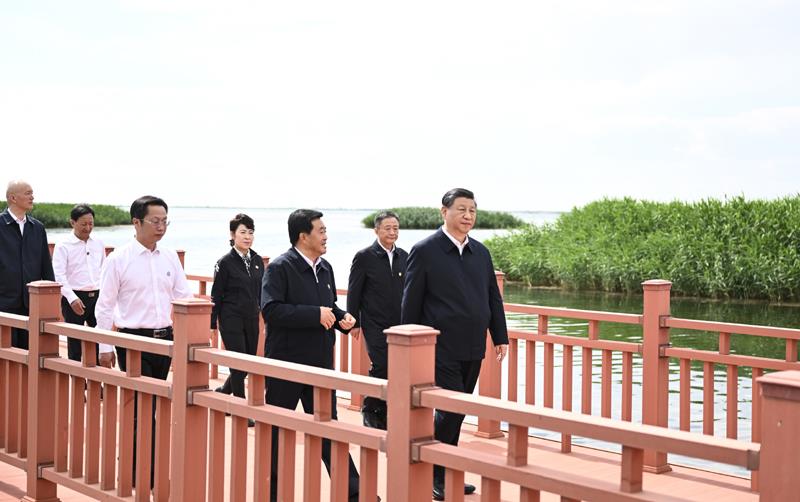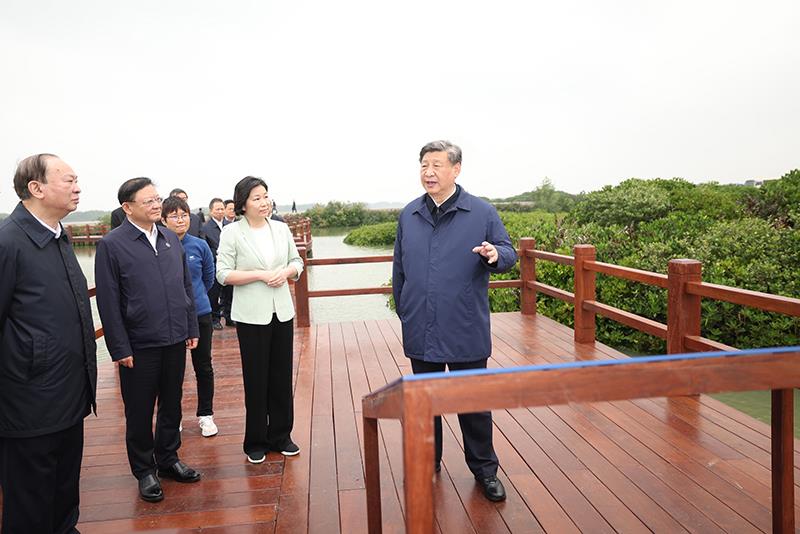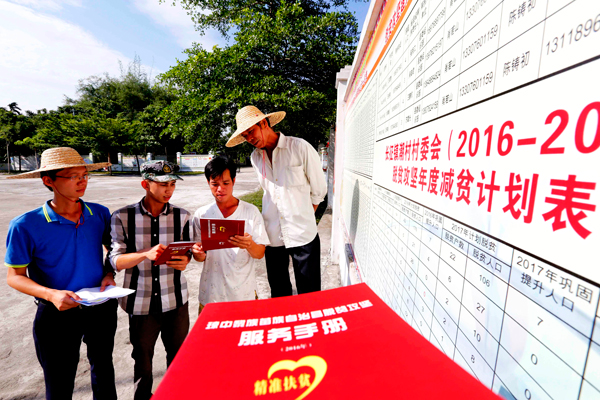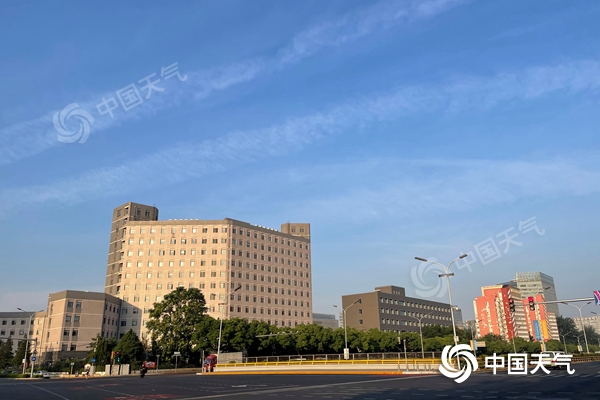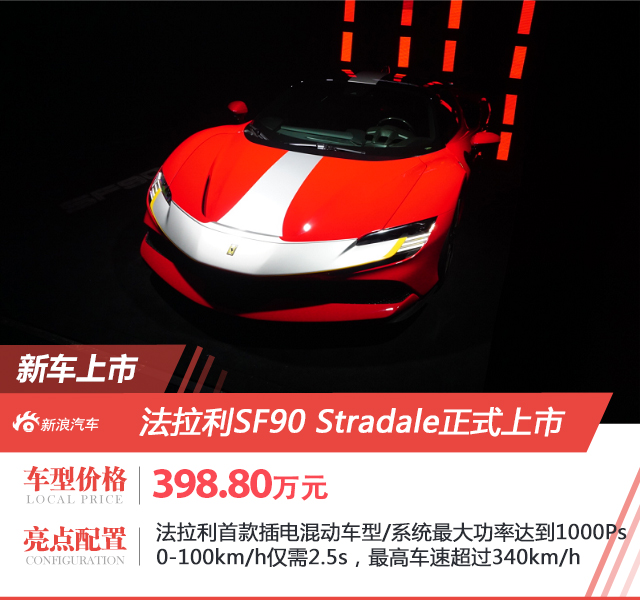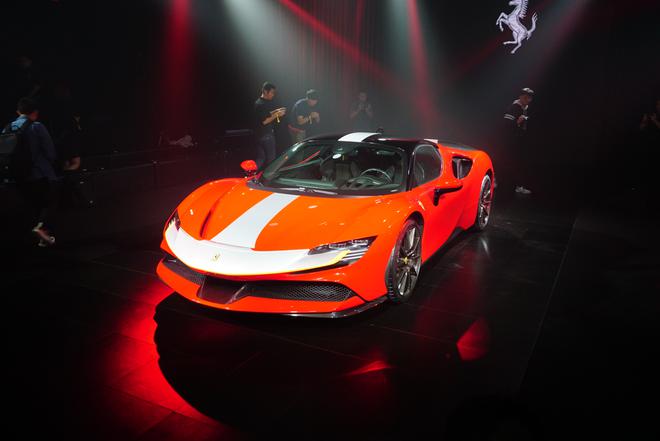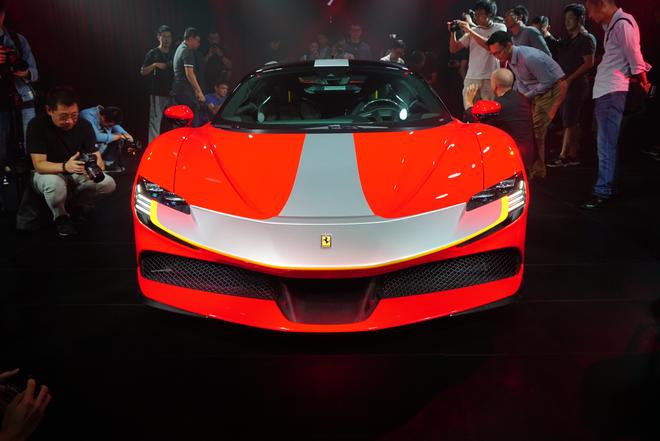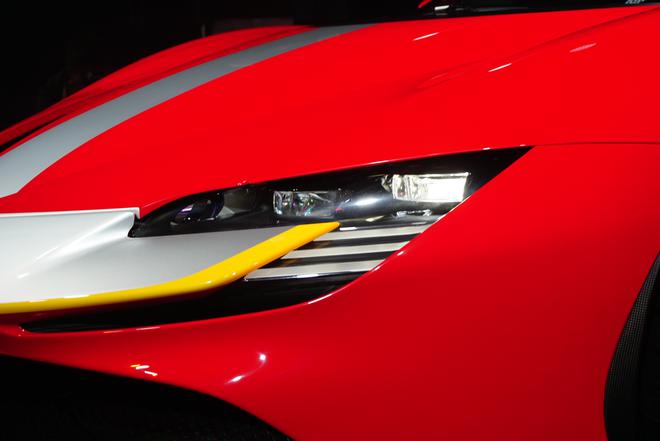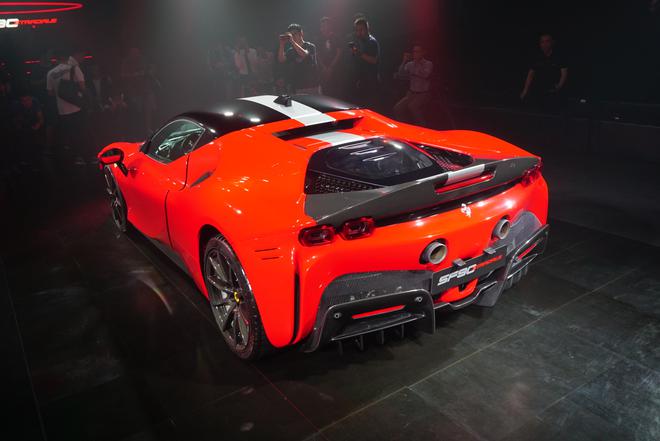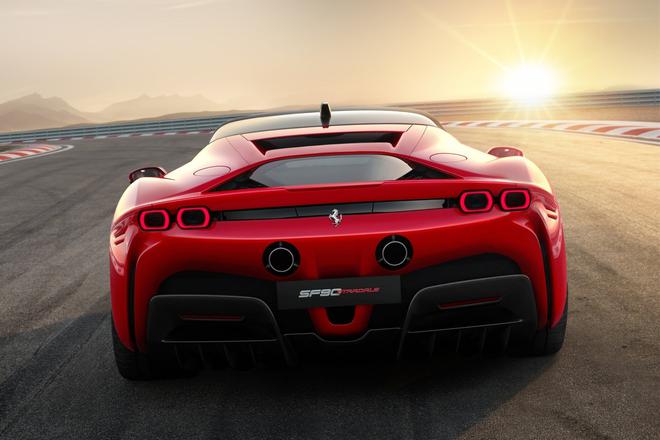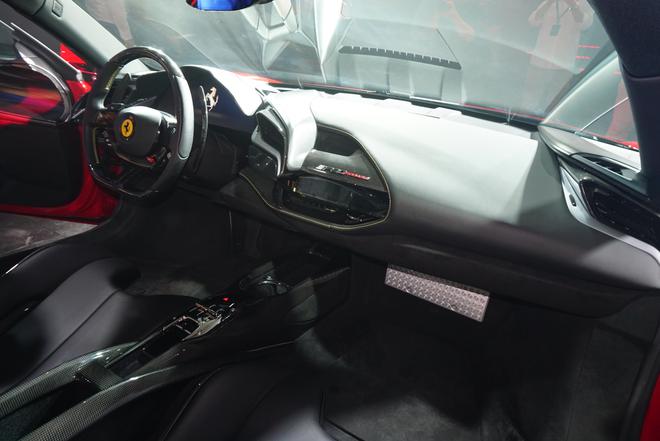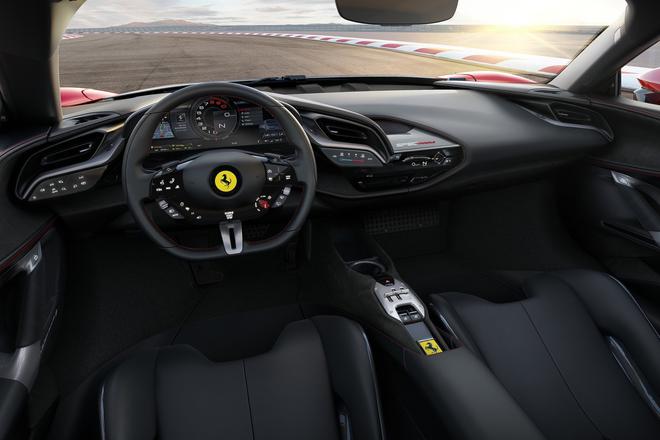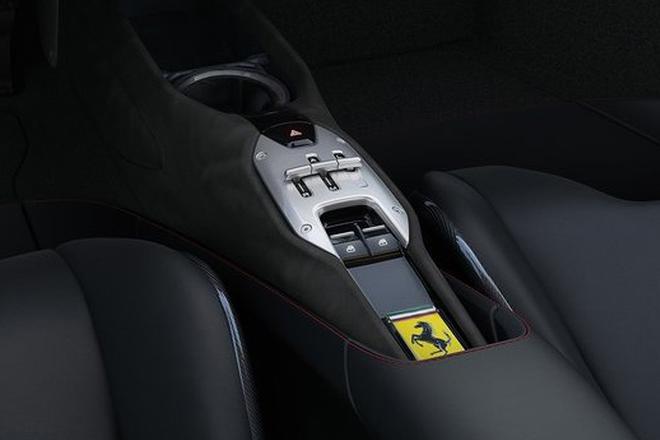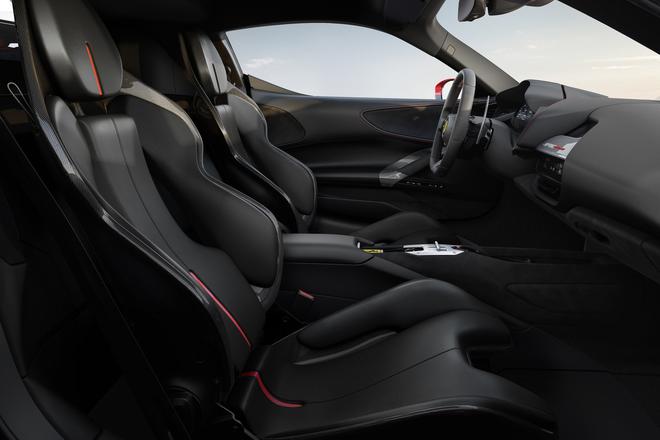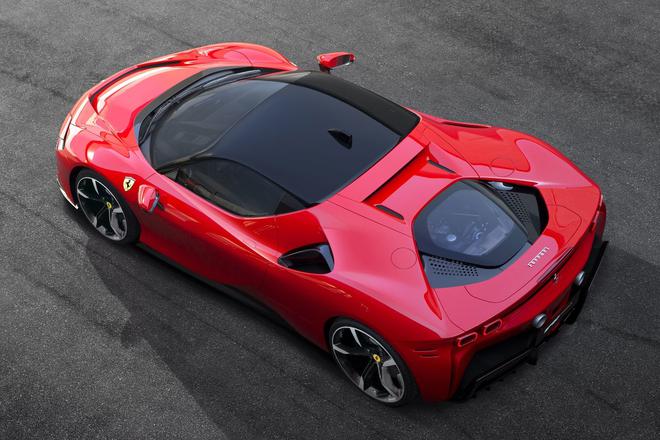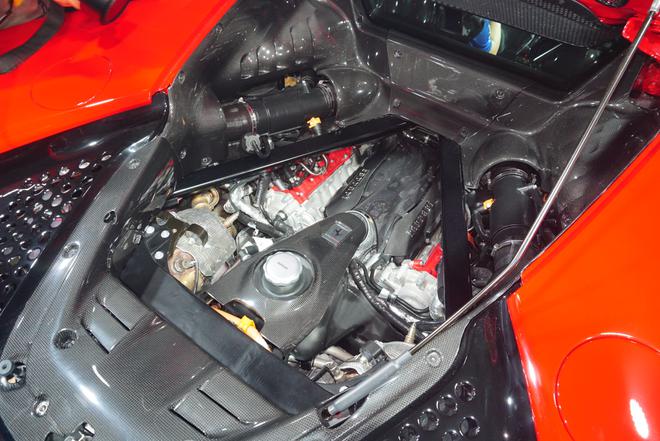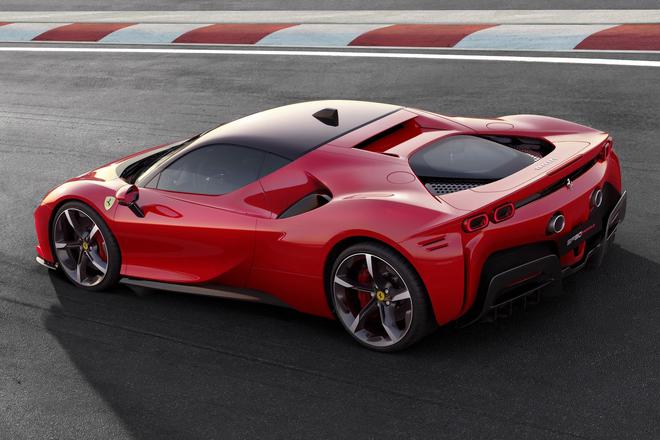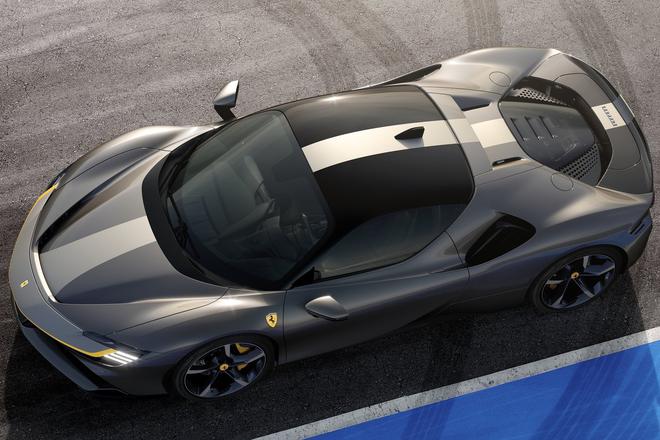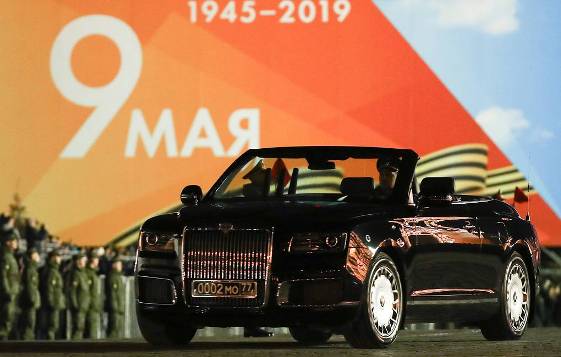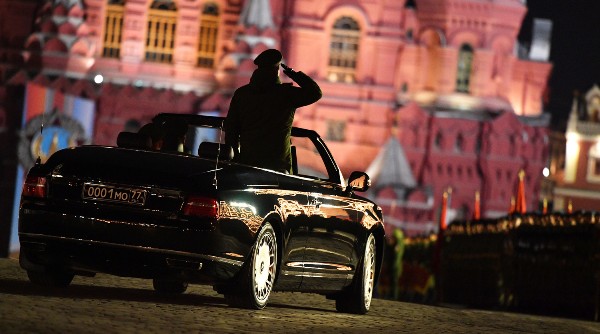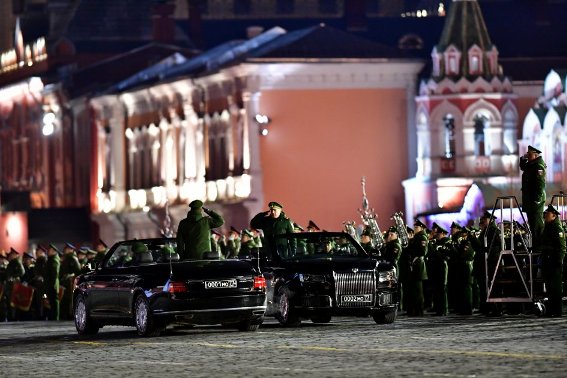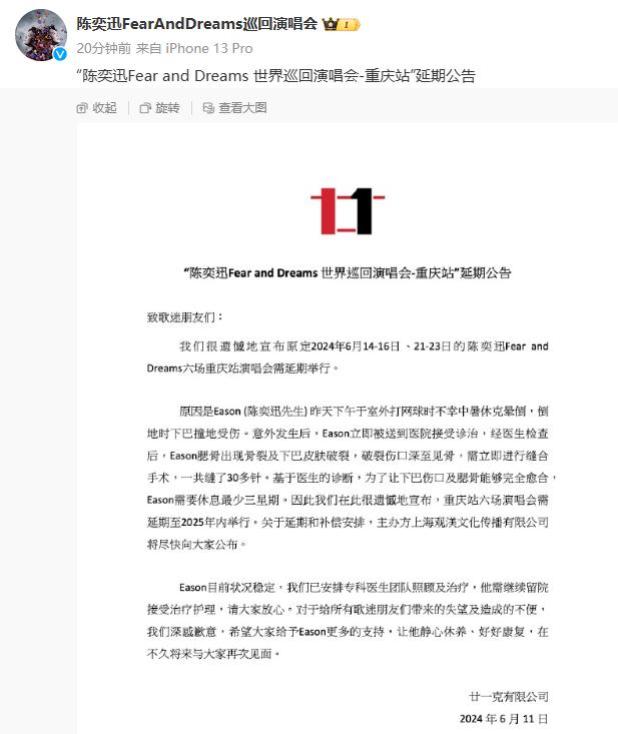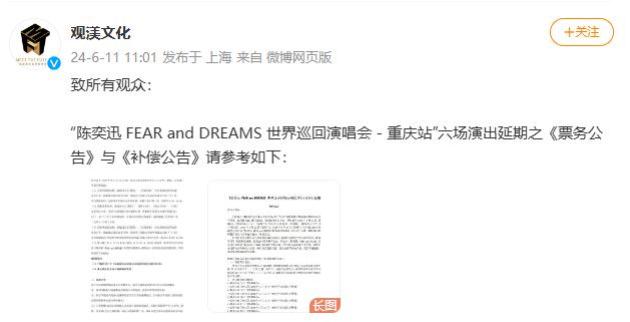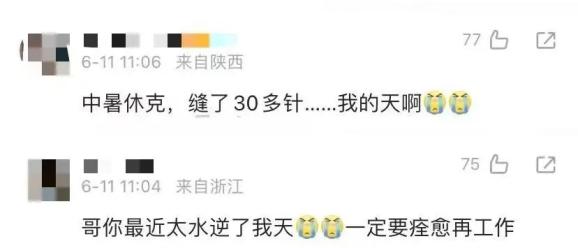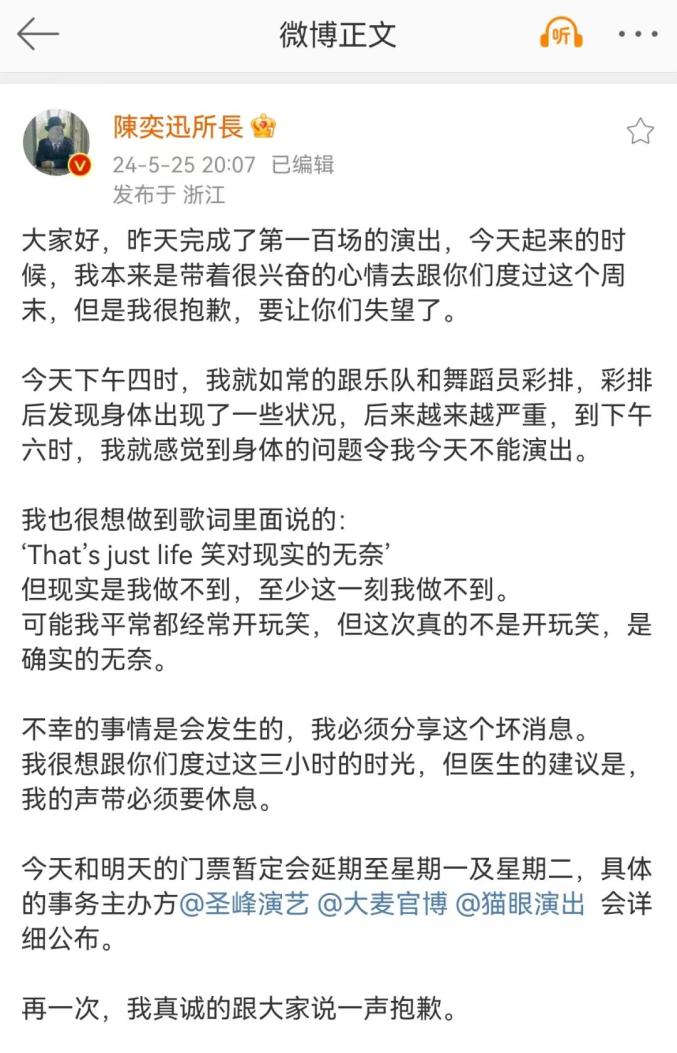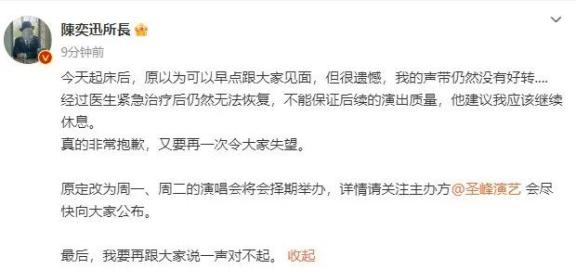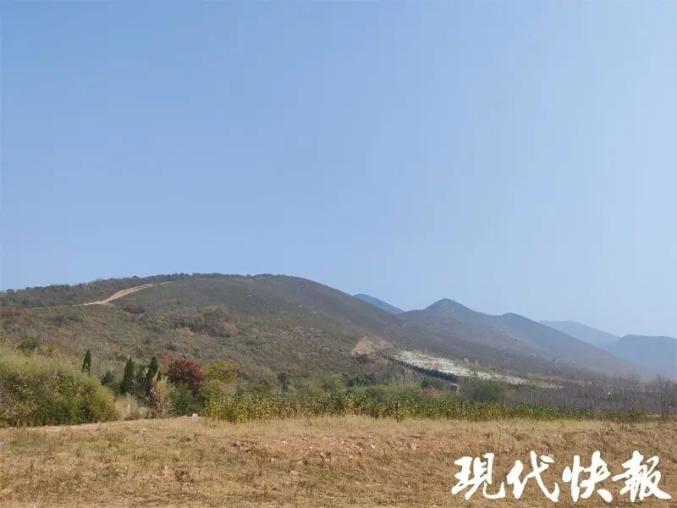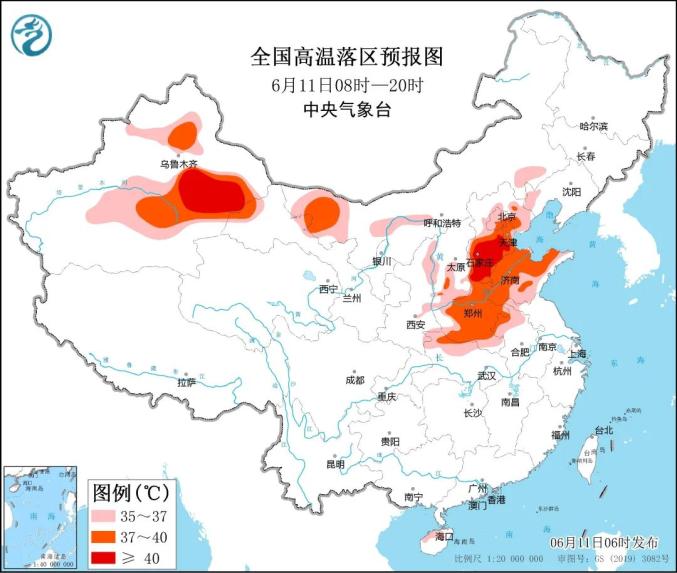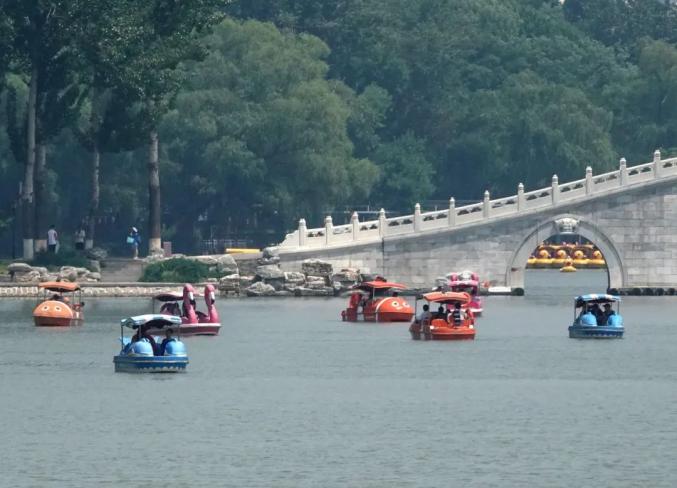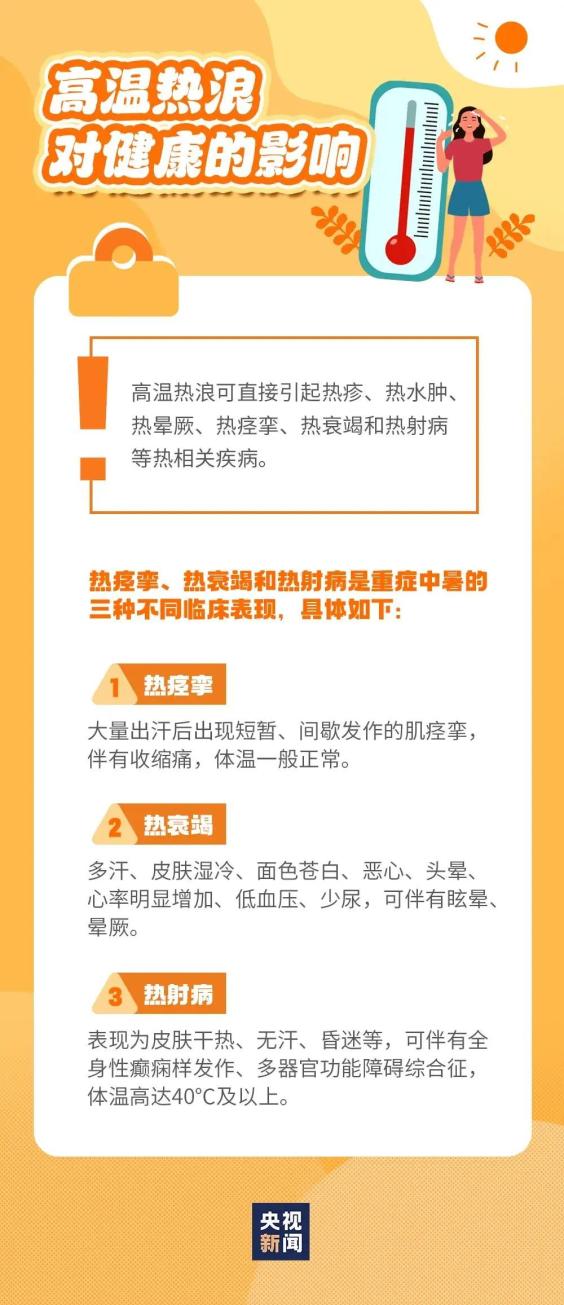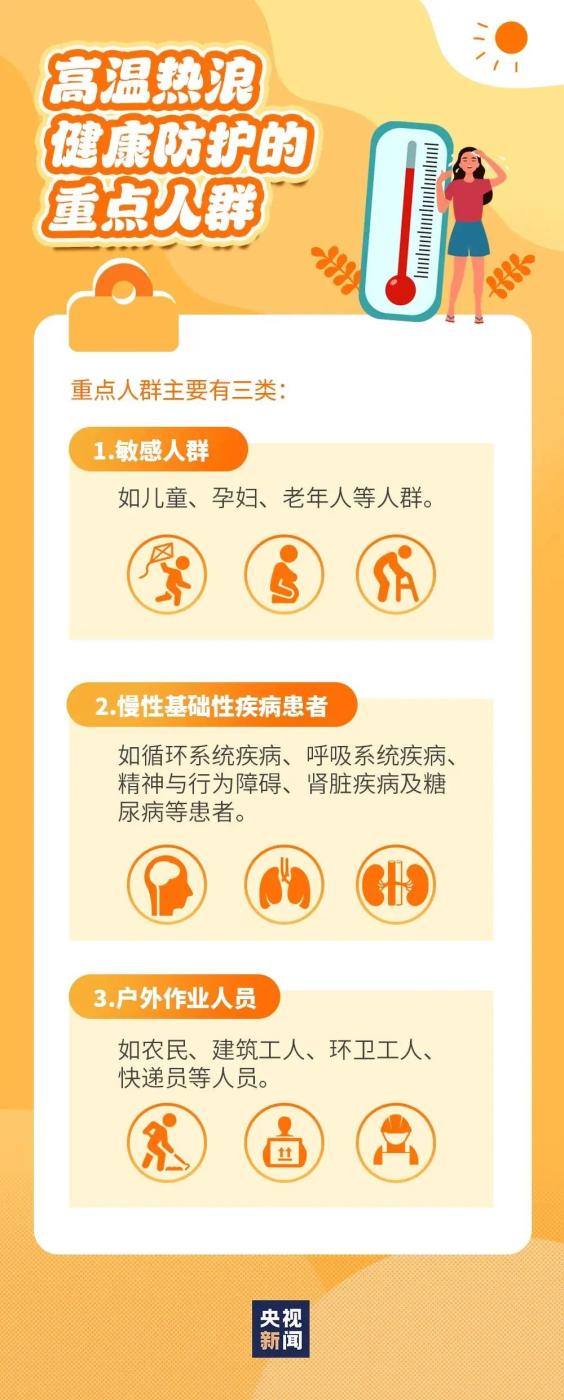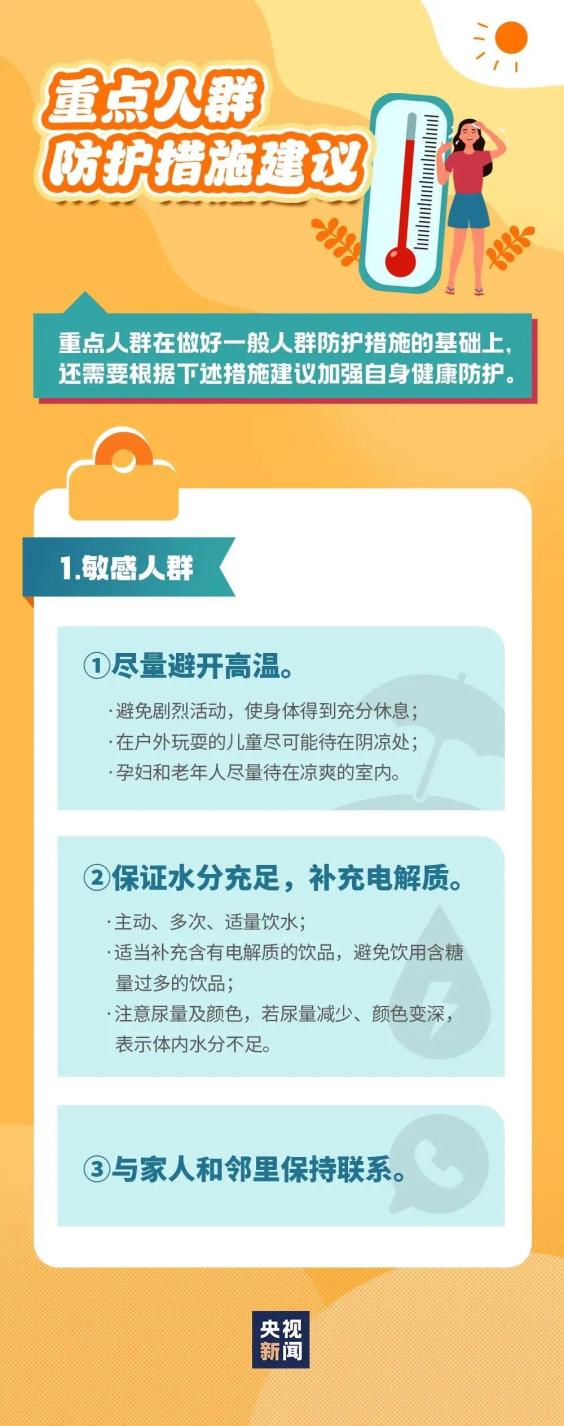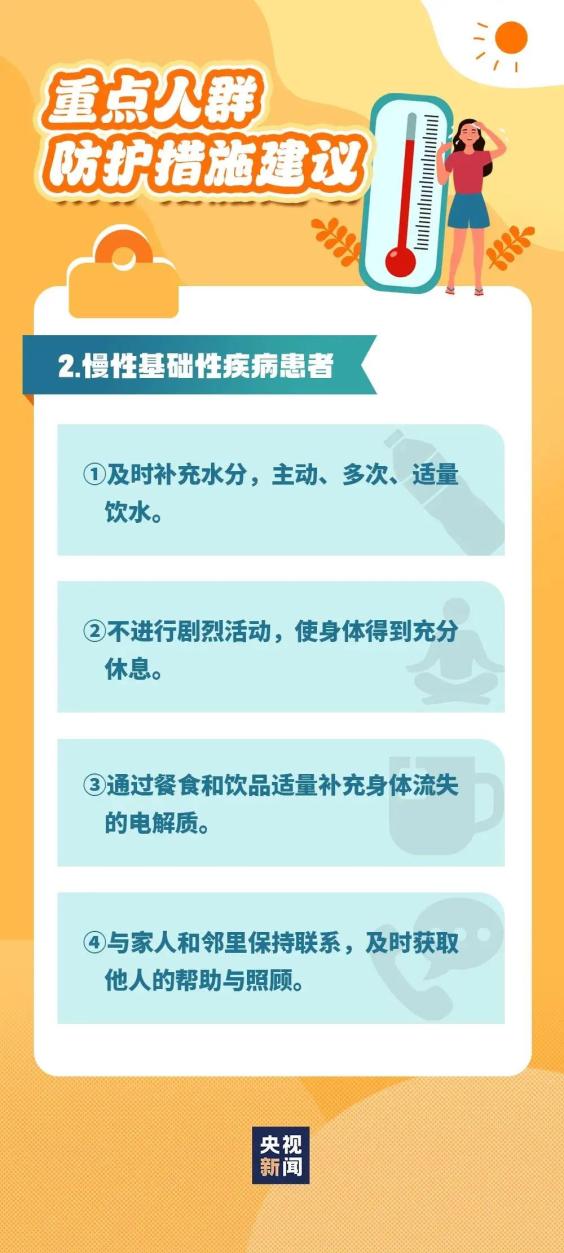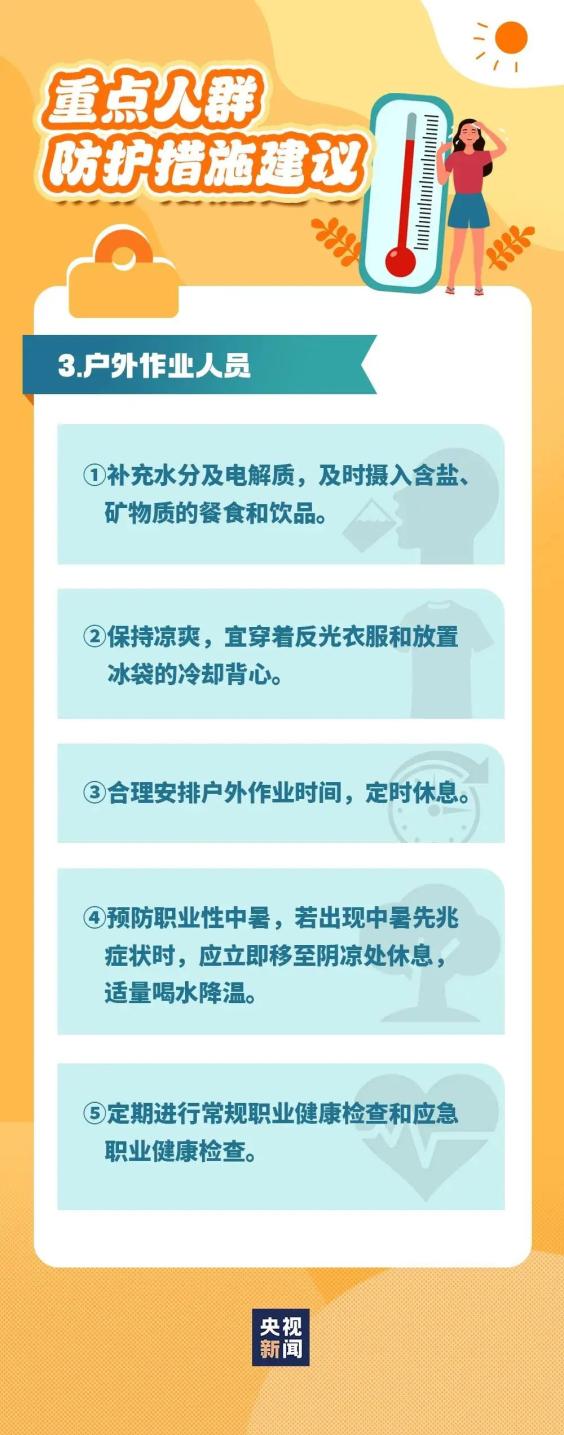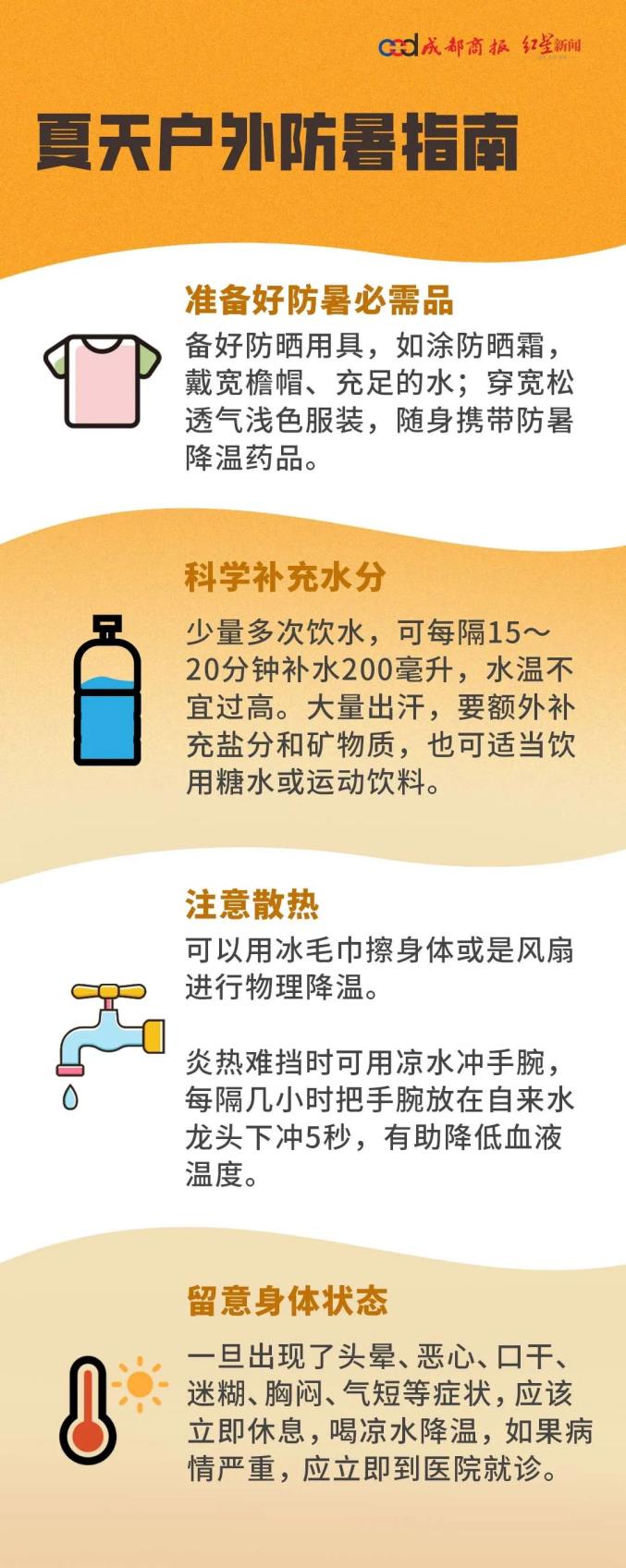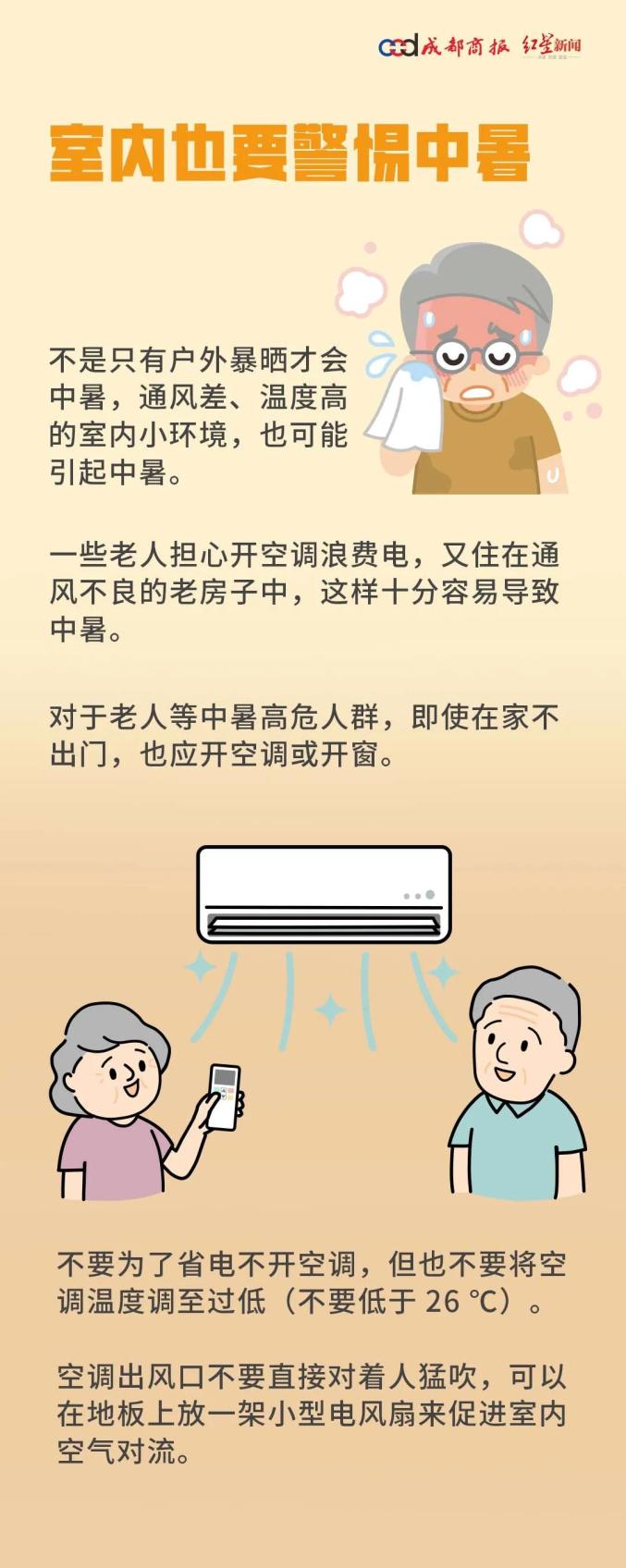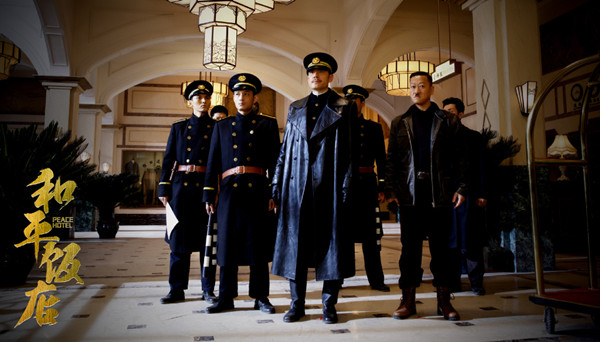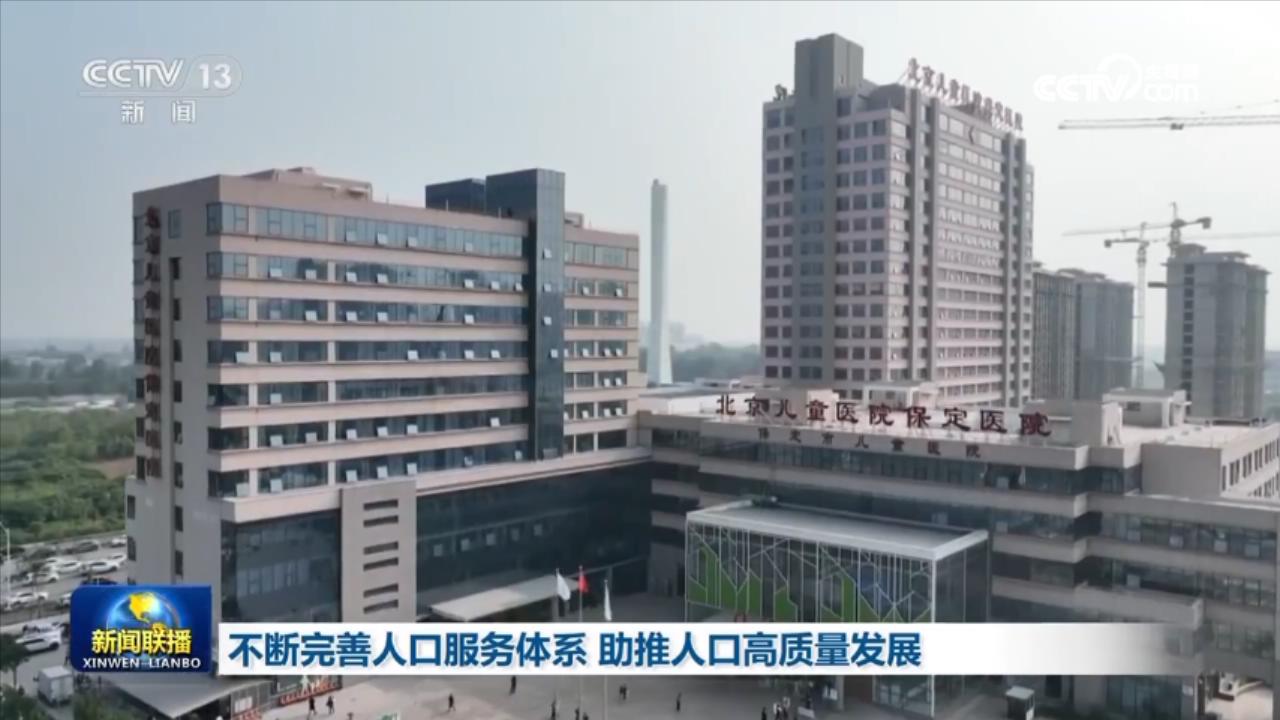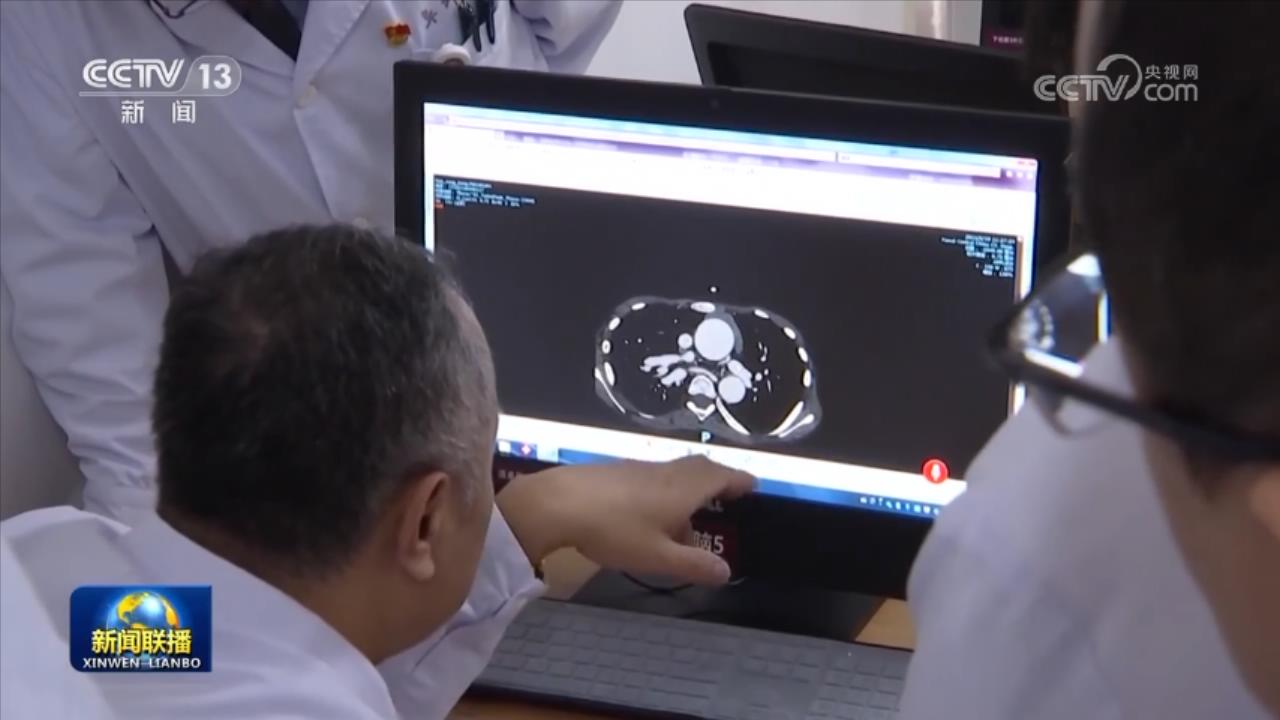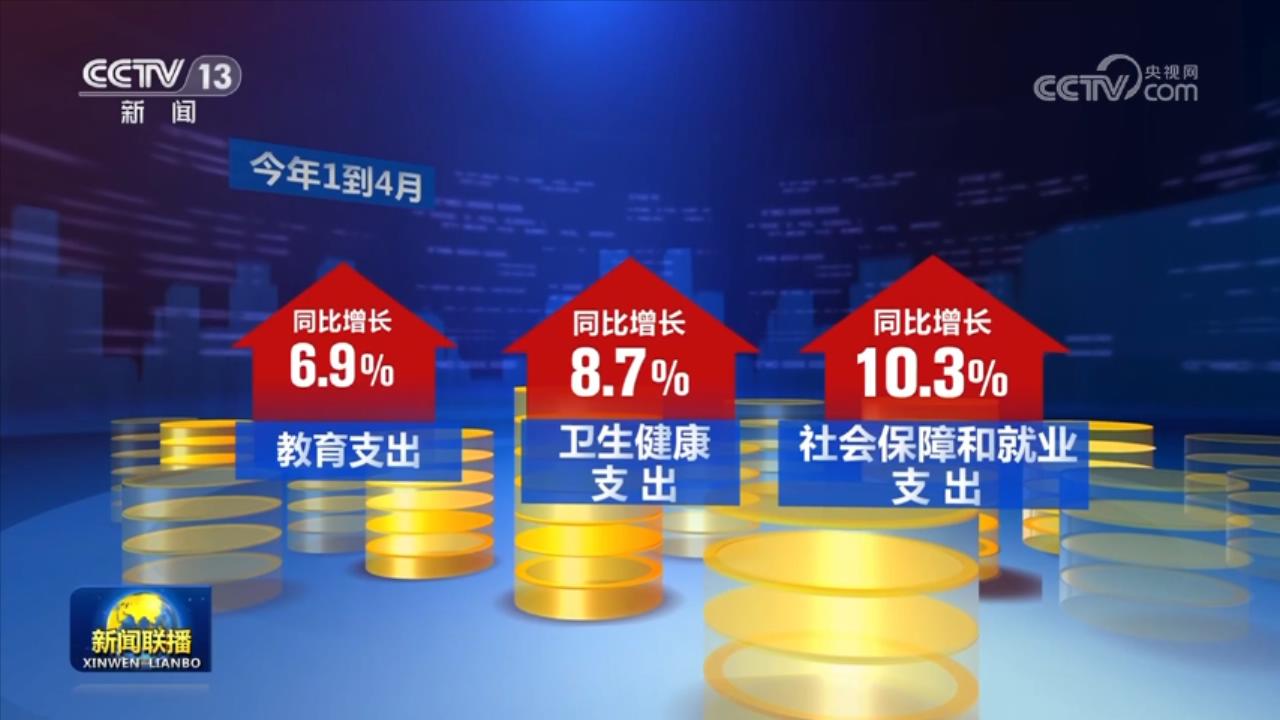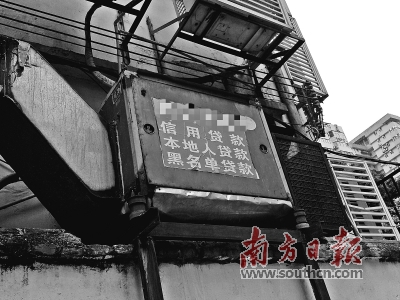
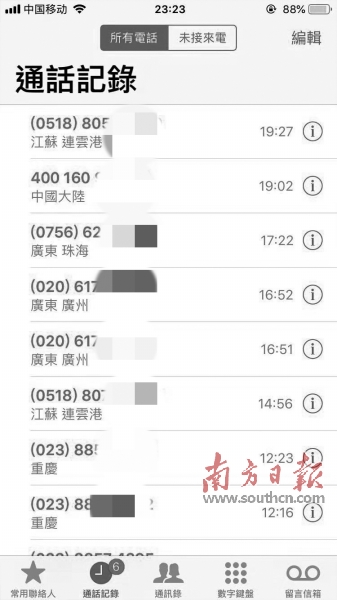
"Who can blame if the contracts are signed by themselves?" "It serves him right, who told him not to borrow money from the bank." In the eyes of many outsiders, everything that happened in the routine loan is incredible. The incoming victims seem to suddenly lose their minds: they choose riskier loan methods, sign unreasonable loan contracts, and are willing to pay high interest … …
How sweet is the bait in the trap? How deep is the routine of routine loan? The reporter unveiled the disguise of routine loan for you.
Since you want a loan, why not go to the bank?
"Can’t borrow, I want to be able to borrow money from the bank, why borrow online loans? I’m not stupid. " Iowa replied like this.
In order to realize the freedom of wealth at an early date, Iowa invested all her savings from several years’ work in P2P, digital currency and other projects. Unexpectedly, she lost all. In order to return to his capital, he chose to borrow and invest. The bank lending procedures were complicated and the approval time was long. He chose private lending in an eagerness to return to his capital, but he was caught in a routine loan.
Like Ahua, the reporter found that many victims of routine loans fell into the trap of routine loans because they could not switch from bank loans to private loans.
The reporter’s investigation found that ordinary people often need many procedures and certificates to get loans from formal commercial banks. For example, the personal network revolving loan provided by China Bank requires the borrower to have a fixed residence, a stable income, no bad credit record, and the willingness and ability to repay the loan principal and interest on schedule.
Even some "unsecured and unsecured" loan methods will have the most basic requirements for borrowers. For example, China Industrial and Commercial Bank’s "financing e-loan" requires borrowers to be over 18 years old and have no bad credit record.
These regulations of commercial banks are not difficult to understand, and everyone wants to lend money to reliable people. But what about those who want to get loans, but they don’t meet the requirements? How to meet their capital needs?
Private lending meets the needs of this group.
Compared with banks, private lending has many advantages: relaxed approval, few procedures, fast lending and flexible lending methods … … Some private lending companies have also introduced many preferential measures to encourage users to lend.
Xiao Wang, a graduate student of Jinan University, told reporters that she once used a loan product called "installment music". "My friend recommended it to me. He told me that he and I can get the 50 yuan phone bill as long as we download and register."
After Xiao Wang registered with her phone number, the platform immediately gave her an "interest-free coupon", with which she could pay no interest for one month. With this interest-free coupon, Xiao Wang borrowed 2000 yuan, and the money quickly arrived in her account. And as long as Xiao Wang can attract new customers, he can also get rewards such as cash-filled red envelopes and annual membership of video websites.
Private lending companies are more relaxed in the qualification examination of borrowers than banks, and only need ID cards and telephone numbers to borrow money. In the investigation, the reporter even saw advertisements that specifically provided "blacklisted loans". Blacklist users, that is, people who are blacklisted by banks because of credit problems and cannot obtain loans from banks, are also commonly known as "Lao Lai".
Routine loans are hidden in many private lending companies. Some people don’t know whether they signed a routine loan or an ordinary private loan.
There is something wrong with the contract. Why do you sign it?
The reporter’s investigation found that the contracts of routine loans were all designed by routine loan gangs, among which the most common ones are yin-yang contracts and blank contracts.
The so-called yin-yang contract, that is, the actual loan amount is different from the amount written on the loan. For example, the original loan was 50,000 yuan, but the contract was 100,000 yuan. Routine loan gangs usually use excuses such as company needs, business rules, including margin and liquidated damages to dispel borrowers’ doubts, saying that as long as the money is repaid on time, there will be no problem. This step is called "inflated debt".
When lending money, the routing loan gang will transfer 100,000 yuan into the borrower’s account according to the contract, but require the borrower to return 50,000 yuan in cash or transfer to a third party. This step is called "forging bank flow". The two steps, namely, the inflated loan amount of the Yin-Yang contract and the fixed evidence of the bank’s running water, have formally established private lending.
The blank contract refers to a contract with only format and no content. After signing this contract, the routine loan gang will fill it out according to their own needs.
No matter what kind of contract form, once a lawsuit occurs, it is written in black and white and has its own autograph, and the borrower has a hard time arguing.
But can’t the borrower notice the problem when signing such a contract?
The reporter learned that, first of all, many methods of routine loans are exactly the same as those of private usury. For example, in the folk usury, when the lender lends money to the borrower, the metropolis first deducts some money from the principal as the down payment interest.
It is also a "hidden rule" in the industry to help loan companies "walk away" and "swipe their bills" and improve each other’s credit and loan quota. Some borrowers have been exposed to private lending before, and they will think that this is a normal operation.
In addition, routine loan gangs are also very good at grasping the psychology of borrowers. Some borrowers have a weak awareness of legal risks. When the routine loan gang tells him that this is a "regulation", he believes it. Some people are eager to get loans, even if they realize that there is a problem, they have no time to take care of it; Others blindly trust the routine loan gang and feel that the other party will not harm themselves.
And most importantly, many people don’t read every clause in the contract carefully. In a questionnaire survey of routine loans initiated by reporters on the Internet, 58.33% of the respondents said that they "want to read carefully when signing the contract, but the provisions are too complicated to do". Another 6.25% of the respondents said that they would not read the provisions in the contract. Similar to their psychology, many borrowers signed the contract in such a muddle.
The debt is unreasonable, why should I pay it back?
"It is not enough to talk about the hardships of life without being forced to collapse by collection." This is the feeling of Iowa after being collected by high-frequency collectors.
All kinds of collection methods that you can think of or can’t think of are all staged in this stage called "Routine Loan".
The first appearance is the telephone collection.
During the investigation, the reporter received such a phone call, and the reporter was deeply impressed by the bad attitude and cold tone of the collection staff.
"Do you know Chen Mou? He borrowed a sum of money from us and didn’t pay it back. You asked him to pay it back quickly." According to the description of the other party, a man surnamed Chen borrowed a loan from their company and left the reporter’s phone number marked as his mother. When the man surnamed Chen called loans overdue, the collection staff immediately called his relatives and friends.
At this stage, not only the debtor, but anyone who appears in his address book will suffer an accident. In February this year, Mr. Tan, who lives in Panyu, Guangzhou, received a dunning call because his cousin borrowed 2,000 yuan from a loan platform and failed to pay it back. On the phone, Mr. Tan quarreled with the other party. I didn’t expect the other party to drop a sentence "You don’t want to use this phone" and hang up.
In the next few days, Mr. Tan’s mobile phone was constantly harassed by "calling you to death". Mr. Tan tried to block and blacklist, but it didn’t work. Finally, he had to turn off his mobile phone.
Telephone harassment is just a means. Sending photos of borrowers after PS, sending urns to borrowers’ parents, or even kidnapping and detaining borrowers directly, there are always more ways to set up loan gangs than you think.
In a typical case of routine loan announced by Guangdong Higher People’s Court, after the victim Liu borrowed from Tan Lin Company and got caught in routine loan, Tan Lin filed a civil lawsuit with the court on the grounds that Liu was in debt. In January 2010, after the opening of the court, Tan Lin directed the members of the organization to forcibly take Liu out of the court gate to the suburbs to threaten and beat him and force him to pay back the money.
Under a variety of collection methods, most debtors will try their best to pay off their debts under strong mental pressure. But you will never be able to pay off the arrears of routine loans.
Why is the routine loan in arrears still unfinished?
The amount owed is high and the interest on the loan is heavy, but it is still possible to pay it off in full. But in the routine loan, the debt is never finished.
In ordinary private lending, both parties don’t want to default, but the routine loan gang doesn’t need you to pay back the money at all, and doesn’t want you to pay back the money. Even if the victim takes the initiative to repay the money, the routine loan gang will actively pursue and create the opportunity of "default".
In a case in Sichuan, when the victim Mr. Lu went to repay the loan, he found that the company had moved away and the lender Zhang was in another place. Since then, Mr. Lu has turned around and found the company and Zhang, both of whom prevaricated on the grounds that they were not local or inconvenient. Until three months later, Zhang took the initiative to find Mr. Lu and informed him that the loan was overdue.
The purpose of doing this is because there are often high liquidated damages in routine loan contracts, which are calculated by hours or even minutes. In a case in Hangzhou, the victim’s repayment was overdue for 21 minutes, and the penalty required to pay was as high as 12,000 yuan.
Once you are unable to repay such a high fee, the routine loan gang will persuade you or threaten you with violence, asking you to settle the account, which means paying off the principal and interest owed in one lump sum.
In the questionnaire survey initiated by the reporter, what will you do if the arrears are overdue? On this issue, 41.67% of the respondents indicated that they would borrow another sum of money to pay back, 18.75% of the respondents chose to "pay back when they have money", and 39.58% of the respondents chose to "sell the goods to pay off the arrears".
However, the routine has reached this stage. Unless the borrower decides to call the police immediately, no matter which way it is, it can’t escape the routine of routine loan.
Borrow new or old? The loan of principal 1000 yuan, interest and overdue fees may be 2000 yuan, and because of the existence of "beheading interest", in order to repay this 3000 yuan, it is necessary to borrow 5000 yuan of new debt.
Don’t bite your teeth? Various means of collection will be staged in turn on the borrower.
Sell the property? Routine loan gangs are interested in the borrower’s property, which is exactly what they want.
The borrower can only watch the routine go to the last step and enter the "harvest" moment of the routine loan gang.
In this link, they either use the IOU as a voucher to force the victim to transfer ownership, or bring a lawsuit to the court, demanding judicial auction to ensure that all fraudulent means can be realized.
From the spectator’s point of view, the borrowers and borrowers of routine loans are not players of the same order of magnitude. Borrowers are often ordinary people who are in urgent need of loans and don’t know much about finance and law. Lenders, on the other hand, are criminals who are trying to make a fortune. They are not only rich in funds, but also have professionals to help them.
The unequal strength between the two sides makes the victims lose all their wealth once they step into the trap of routine loans.
Text/Photo: Reporter Wang Wei Intern Wang Xie Siqi
